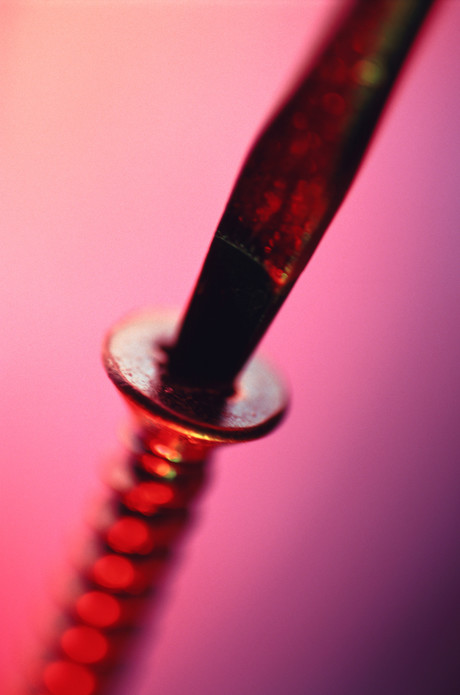Enabling fastener torque auditing and certification

Take apart any electronic device from the past or present and you’ll encounter a myriad of screws and bolts. Consistent torque application is key for these products to meet promised specifications.
An improperly torqued screw can mean the difference between passing certification and product failure. In terms of process verification, measuring resulting bolt loading is an accurate method to ensure your process is applying the necessary torque.
Gasket and seal integrity validation
With IP rating compliance becoming the new standard for many consumer products, the need to ensure seal and gasket integrity of the finished product is crucial. Seal failure can have an enormous negative impact on the project, resulting in lost time and money. Incorporating bolt and screw torque auditing into both manufacturing and quality assurance processes helps mitigate and reduce failures from improperly torqued fasteners.
Third-party repair certification
Often the ability to advertise repair services, obtain technical drawings and purchase hardware components requires certification from the manufacturer. These certifications will often have the requirement that the repair facility ensure that each screw and bolt have the same torque applied to them as the manufacturer’s design documents indicate.
Standards compliance and traceability
Whether you are subject to FAA regulations, FDA regulation, ISO standards or internal standards, verification and traceability of a product’s conformance to specifications is needed to meet federal regulatory requirements. In many of these cases, every critical component down to the torque applied to the fasteners and material the fasteners are made from must be traceable.
For applying torque, calibrated drivers can be used, but this will often still require a physical torque value to be measured for the fastener during quality control tests. Incorporating a driver with built-in torque sensing allows for logging of applied torque to all fasteners and allows for quality assurance to double check critical areas.
The conceptual diagram below depicts a FUTEK TAT200 Reaction Torque Screwdriver being used to measure the torque applied to a screw.

Whether you are manufacturing a smartphone or a pacemaker, or repairing a watch, you will need to ensure every fastener receives the proper amount of torque. This requires either a torque sensor coupled to or integrated directly into a driver. A display and data logger is also required so that the operator knows the exact torque that is being applied to the fastener, while also providing traceability records.
When you combine torque validation with bolt loading validation you will improve the reliability of your products and develop a clearer picture of the loads applied to your system, ensuring your satisfaction and that of your customer.
Fingertip bandage brings texture to touchscreens
Researchers have developed a haptic device that enables wearers to feel virtual textures and...
Sweat sensor sticker monitors vitamin C in real time
Researchers have developed a battery-free electronic sticker designed to monitor vitamin C levels...
Flexible optical sensor detects pressure and location
Researchers have developed a multi-channel optical sensor that is capable of detecting both the...





